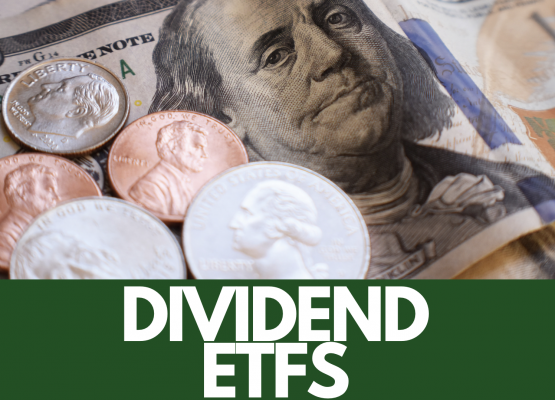The stock market can sometimes seem like a vast and complicated place to beginners, filled with jargon and metrics that can seem daunting at first. One such metric that you’ll come across frequently in the world of investing is the dividend payout ratio. Today we will demystify this concept and help you understand its practical use when analyzing dividend stocks to potentially invest in.
At its core, the dividend payout ratio is a financial metric that you can use to assess a company’s profitability and stability. It’s a way to understand how much of a company’s earnings are being returned to shareholders in the form of dividends. Understanding this ratio can provide an important perspective on a company’s financial health, its potential for future growth, and how it values its shareholders.
Dividends are a portion of a company’s profits that are distributed to shareholders. When a company generates profits, it has a choice: reinvest these earnings back into the business for growth (in new projects, research and development, etc.), or distribute some of them to shareholders as dividends. The balance between these two actions provides valuable insight into a company’s current status and future strategies.
The dividend payout ratio is calculated using the following formula:
Dividend Payout Ratio = Dividends per Share / Earnings per Share
To put this in plain language, this ratio shows the portion of the company’s earnings that is paid out to shareholders as dividends. The ratio is usually expressed as a percentage.
Let’s illustrate this with a hypothetical example. Suppose we have a company, let’s call it “Blue Chip Corp.” Blue Chip Corp has had a good financial year and reports earnings per share (EPS) of $5. The company declares dividends per share (DPS) of $2. Using our formula, we calculate the dividend payout ratio as follows:
Dividend Payout Ratio = $2 / $5 = 0.4 or 40%
So, 40% of Blue Chip Corp’s earnings for that year were distributed to shareholders as dividends, with the remaining 60% retained within the company.
But, how can we interpret this number? What does a 40% dividend payout ratio tell us about Blue Chip Corp? And what would be considered a ‘good’ or ‘bad’ ratio?
There’s no universal answer because the ‘ideal’ payout ratio can vary greatly depending on the company’s industry, stage of growth, and financial goals. However, there are some general observations that can be made.
A lower payout ratio, like our hypothetical 40%, may possibly indicate that the company is reinvesting a substantial portion of its earnings back into the business, potentially fueling growth and expansion.
On the other hand, a higher payout ratio could mean the company is mature and well-established, with less need to reinvest heavily in growth. Such a company might return a larger portion of its earnings to shareholders. For income-focused investors, a high payout ratio might be attractive as it could indicate a steady stream of dividends.
However, caution is needed when the payout ratio is excessively high, say over 100%. This could mean the company is paying out more in dividends than it’s actually earning, which may not be sustainable in the long-term, and could indicate financial trouble ahead.
Therefore, when you’re investing, the dividend payout ratio is one important metric to consider, among others. Remember, a single metric never tells the whole story about a company’s financial health or future prospects. It’s crucial to look at other metrics and consider the broader context to make informed investing decisions.




